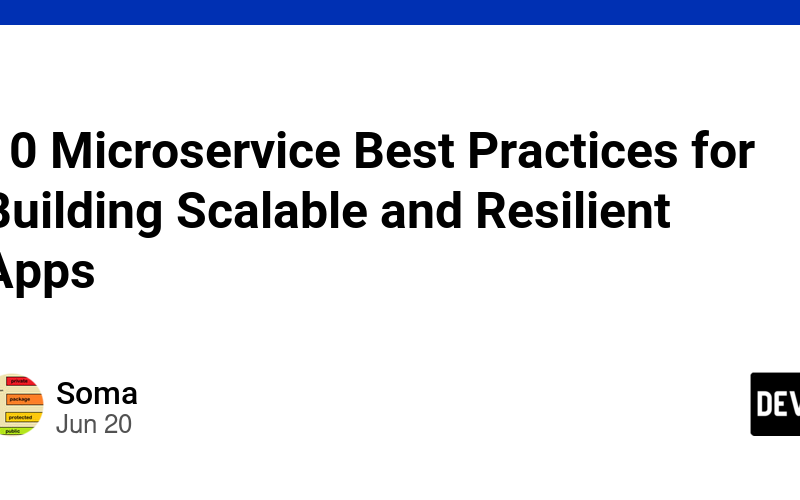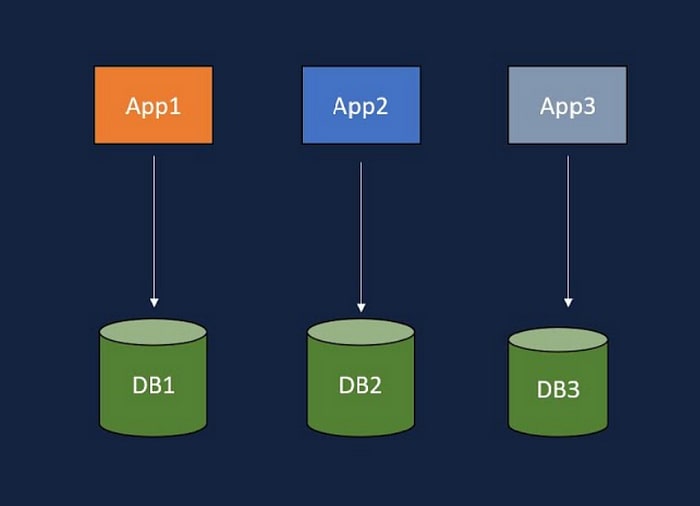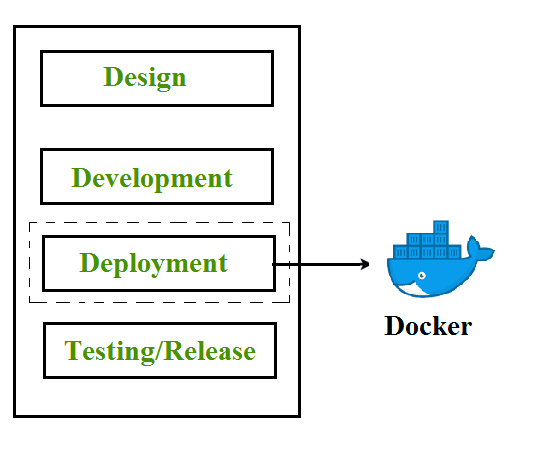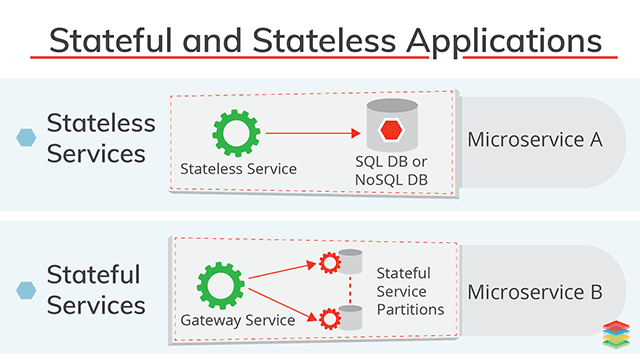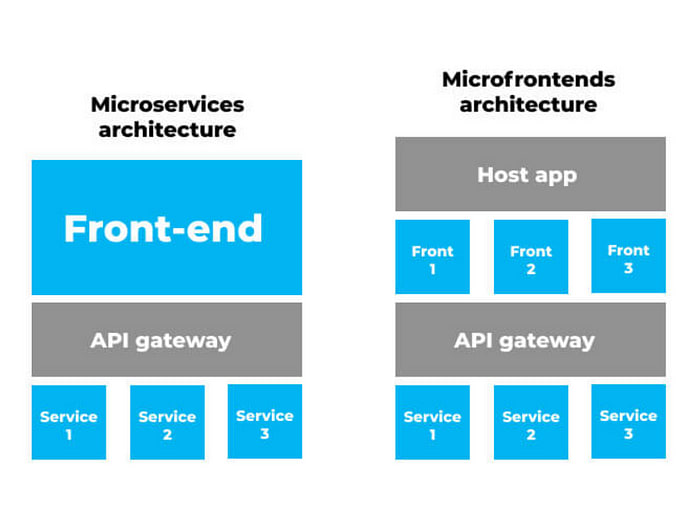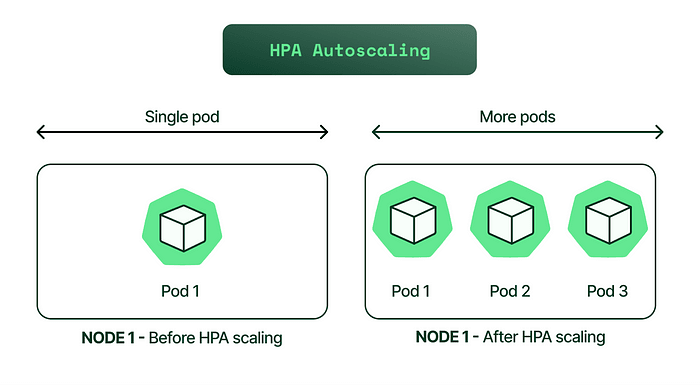Disclosure: This post includes affiliate links; I may receive compensation if you purchase products or services from the different links provided in this article.
credit – Design Guru
Hello guys, it’s no secret that Microservices have revolutionized the way we build applications, providing scalability, flexibility, and resilience, but its not easy to build Microservices which withstand test of time and test of production.
To ensure the success of microservices architecture, it is crucial to follow best practices that address key challenges and promote effective development and deployment strategies.
In the past, I have shared several Microservices articles like Microservices architecture challenges, Microservices design principles, Microservices patterns, Microservice interview questions and explained many key patterns like SAGA, CQRS, Load Balancer, Circuit Breaker, DB Per Microservices, and API Gateway pattern and in this article, I will share 10 microservice best practices that can help you build scalable and resilient applications.
These are the best practices I believe every experienced Java developer should know.
By the way, if you are preparing for System design interviews and want to learn System Design in depth then you can also checkout sites like ByteByteGo, Design Guru, Exponent, Educative and Udemy which have many great System design courses
P.S. Keep reading until the end. I have a free bonus for you.
Top 10 Microservice Best Practices for Building Scalable Applications
By breaking down applications into smaller, independent services, organizations can achieve scalability, flexibility, and resilience. However, successfully implementing microservices requires following best practices to ensure the desired benefits.
Here are 10 essential Microservice best practices that can help you build scalable and resilient applications.
1. Separate Data Store for Each Service
One of the fundamental principles of microservices is to maintain separate data stores for each service. This approach ensures that each microservice has control over its data and avoids tight coupling between services.
By using database-per-service pattern or distributed data management techniques, such as event sourcing or CQRS, you can achieve data isolation and enhance scalability and resilience.
2. Keep Code at a Similar Level of Maturity
Maintaining a consistent level of maturity across microservices is essential for a cohesive and maintainable architecture.
It is crucial to avoid situations where some microservices are significantly more mature or advanced than others.
By aligning the development progress and capabilities of microservices, you can avoid dependencies and simplify the overall system design.
3. Separate Build for Each Microservice
To maintain the independence of microservices, it is essential to separate the build process for each service.
This practice enables individual teams to develop, test, and deploy their microservices without impacting others.
By decoupling the build and release processes, you can achieve faster iterations and reduce the risk of introducing bugs or regressions across the system.
4. Separate Repository for Each Microservice
Microservices should have their own code repositories to enable independent versioning, branching, and release management. Separate repositories facilitate decentralized development and deployment, allowing teams to work autonomously.
Each Microservice’s repository should contain the code, configuration files, and deployment scripts specific to that service
5. Deploy Using Containers (Docker)
Containerization, particularly with Docker, has become a popular choice for deploying microservices.
Containers provide lightweight and isolated runtime environments that encapsulate microservice dependencies and configurations.
By packaging microservices into containers, you can achieve consistent deployment across different environments, simplify scaling, and improve portability.
6. Stateless Design (Treat Server as Stateless)
Adopting a stateless design for microservices helps improve scalability and resilience. Each microservice should treat the server as stateless, meaning it does not store session-specific data.
Instead, it relies on external services or databases to maintain state if required. Stateless services can be easily scaled horizontally to handle increased traffic and provide fault tolerance and load balancing.
This is also one of the most important lesson I learned in my software development career, always choose Stateless and keep it stateless as long as you can.
7. Domain-Driven Design
Domain-driven design (DDD) is a software development approach that aligns business requirements with the software architecture.
By organizing microservices around specific domains or business capabilities, you can achieve a more cohesive and maintainable system. DDD emphasizes the modeling of business entities, aggregates, and bounded contexts, ensuring that microservices are closely aligned with business needs.
8. Micro Frontend
Micro frontend architecture extends the principles of microservices to the frontend layer.
It involves breaking down the user interface into smaller, self-contained modules that can be developed and deployed independently.
By adopting micro frontend, you can achieve frontend scalability, independent deployment, and improved user experience through modular and reusable components.
9. Single Responsibility
Applying the single responsibility principle to microservices ensures that each service has a specific and well-defined purpose. Each microservice should focus on a particular business capability or functionality.
This practice enhances modularity and allows for independent development, testing, and deployment. Avoid creating monolithic services that handle multiple responsibilities, as it can lead to tightly coupled and complex architectures.
10. Loose Coupling and High Cohesion
Microservices should be loosely coupled, meaning they can operate independently without strong dependencies on other services. Loose coupling allows for independent scaling, deployment, and modification of services.
Additionally, strive for high cohesion within each microservice, ensuring that its components are closely related and work together to fulfill a single purpose.
Well-defined APIs, contracts, and communication protocols are key to achieving loose coupling and high cohesion.
11. Use Kubernetes for Scaling [Bonus]
This is a bonus best practice for you because you have read the article till the end. Kubernetes is a powerful container orchestration platform that simplifies the management and scaling of microservices.
It provides features like automatic scaling, load balancing, service discovery, and self-healing capabilities.
By leveraging Kubernetes, you can dynamically scale your microservices based on resource usage, distribute traffic efficiently, and ensure high availability and fault tolerance.
System Design Interviews Resources:
And, here are curated list of best system design books, online courses, and practice websites which you can check to better prepare for System design interviews. Most of these courses also answer questions I have shared here.
-
DesignGuru’s Grokking System Design Course: An interactive learning platform with hands-on exercises and real-world scenarios to strengthen your system design skills.
-
“System Design Interview” by Alex Xu: This book provides an in-depth exploration of system design concepts, strategies, and interview preparation tips.
-
“Designing Data-Intensive Applications” by Martin Kleppmann: A comprehensive guide that covers the principles and practices for designing scalable and reliable systems.
-
LeetCode System Design Tag: LeetCode is a popular platform for technical interview preparation. The System Design tag on LeetCode includes a variety of questions to practice.
-
“System Design Primer” on GitHub: A curated list of resources, including articles, books, and videos, to help you prepare for system design interviews.
-
Educative’s System Design Course: An interactive learning platform with hands-on exercises and real-world scenarios to strengthen your system design skills.
-
High Scalability Blog: A blog that features articles and case studies on the architecture of high-traffic websites and scalable systems.
-
YouTube Channels: Check out channels like “Gaurav Sen” and “Tech Dummies” for insightful videos on system design concepts and interview preparation.
-
ByteByteGo: A live book and course by Alex Xu for System design interview preparation. It contains all the content of System Design Interview book volume 1 and 2 and will be updated with volume 3 which is coming soon.
-
Exponent: A specialized site for interview prep especially for FAANG companies like Amazon and Google, They also have a great system design course and many other material which can help you crack FAANG interviews.
image_credit – ByteByteGo
Remember to combine theoretical knowledge with practical application by working on real-world projects and participating in mock interviews. Continuous practice and learning will undoubtedly enhance your proficiency in system design interviews.
Conclusion
That’s all about the 10+ Microservices best practices you can follow to create a better, scalable and more robust Microservice applications. It’s no secret that implementing microservices architecture requires adherence to best practices that address key challenges in scalability and resilience.
By following best practices such as separate data store for each microservice, maintaining single responsibility, achieving loose coupling and high cohesion, and using tools like Docker and Kubernetes, you can build scalable and resilient Microservice applications.
Additionally, adopting stateless design, domain-driven design, micro front-end, and ensuring similar code maturity across microservices will contribute to a successful microservices architecture that can adapt to evolving business needs.
This is also one of the popular topic for System Design interviews. If you are preparing for Software Engineer interview which require System Design skills then you can also prepare System design Questions like API Gateway vs Load Balancer and Horizontal vs Vertical Scaling, Forward proxy vs reverse proxy, how to manage transactions in Microservices, and difference between SAGA and CQRS Pattern, they are quite popular on interviews.
Bonus
As promised, here is the bonus for you, a free book. I just found a new free book to learn Distributed System Design, you can also read it here on Microsoft — https://info.microsoft.com/rs/157-GQE-382/images/EN-CNTNT-eBook-DesigningDistributedSystems.pdf
Thank you
Source link
lol

